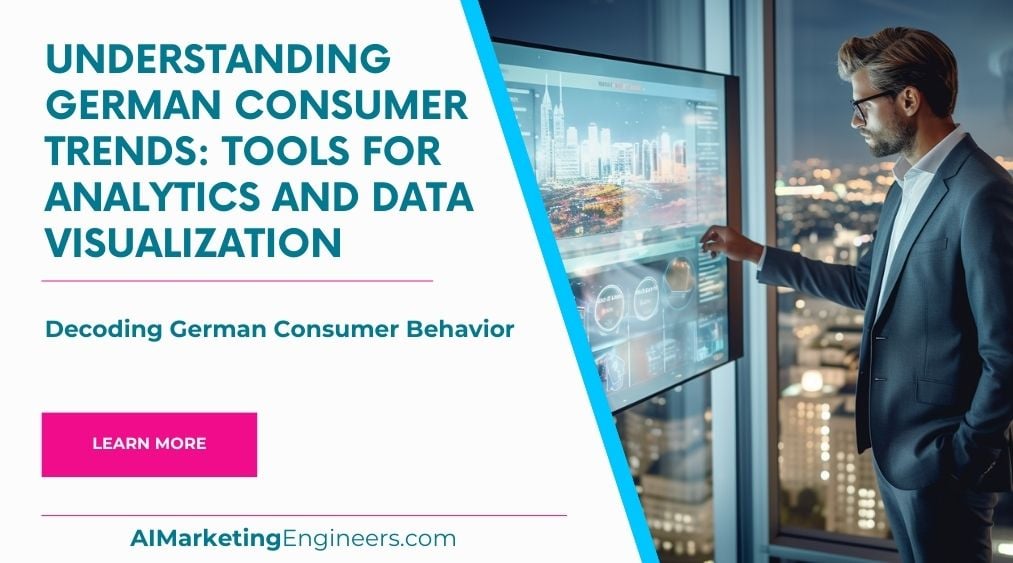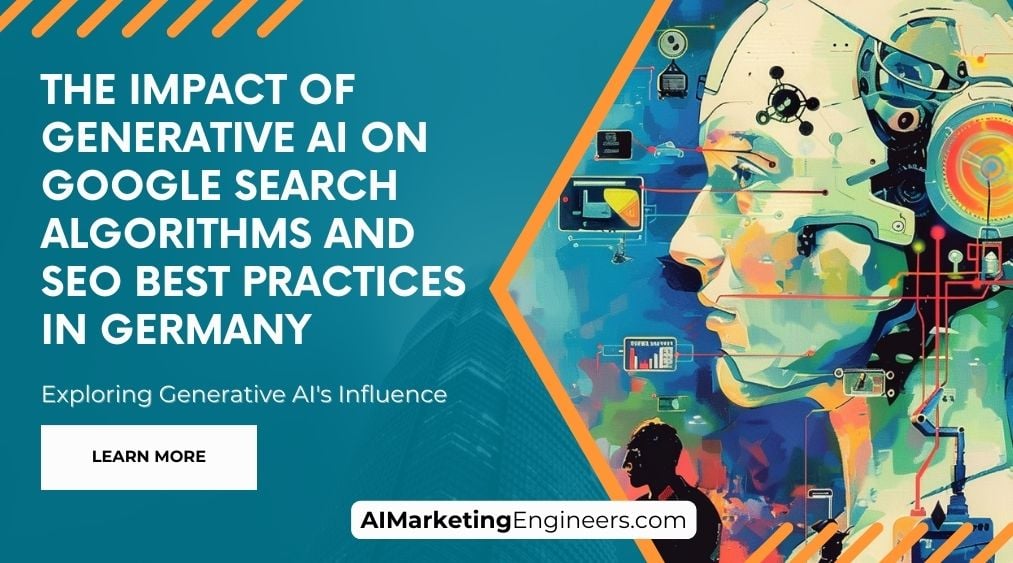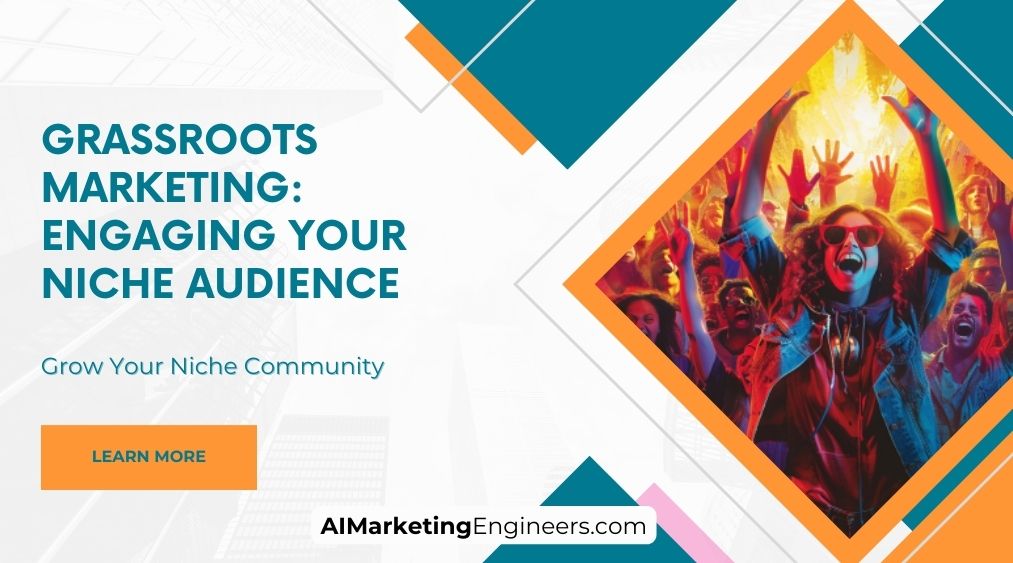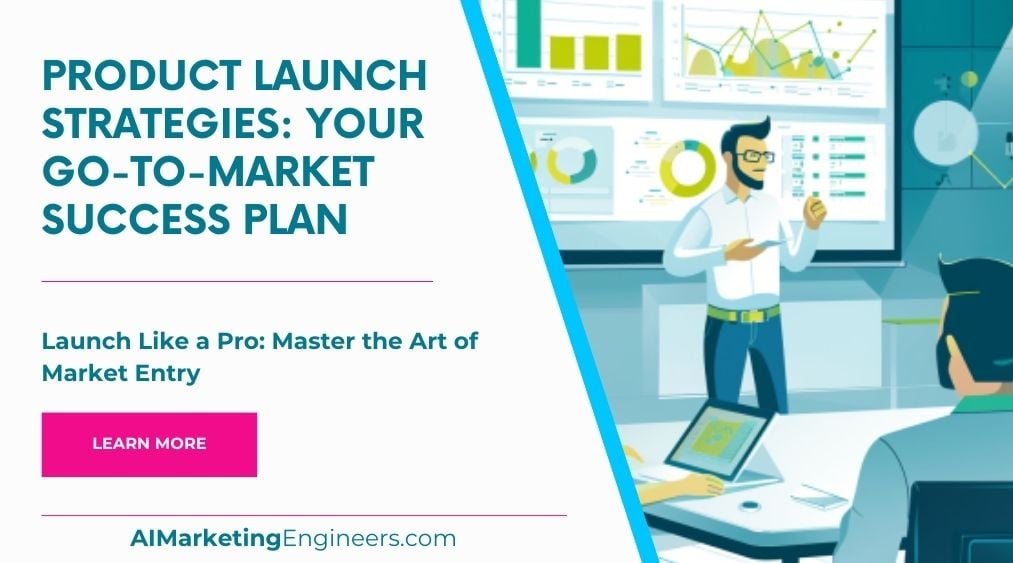Key Takeaways
✅ Targeted Advertising: Did you know that businesses make an average of $2 in revenue for every $1 spent on Google Ads? That's because PPC advertising excels at pinpointing specific audiences. Take Airbnb, which fine-tuned its Google Ads campaigns to home in on travel enthusiasts, resulting in their offerings topping search results. Polar leveraged Amazon's PPC to specifically engage European customers, centering their efforts around a Germany-based demographic to increase their impact.
✅ Visual and Engaging Content: With over 1 billion active users, Instagram’s potential for PPC advertising is massive. Funko tapped into this with vibrant ads detailing products and prices, straight to the point. Similarly, Huel Vegan Protein spiked user interest with striking images and ad extensions, smoothly guiding searchers to their plant-based products. Establishing a strong visual presence in ads can uplift click-through rates significantly, by as much as 42%.
✅ Measuring Success and Adapting Strategies: Success in PPC isn't just about setting up ads, but also about how you interpret the data and adjust. BarkBox's emotional connect through Facebook Ads was scrutinized via a channel lift study, which showed major boosts in both traffic and brand searches. Argos, on the other hand, incorporated real-time predictive analytics to finetune their bidding tactics, realizing record-breaking sales while curtailing costs.
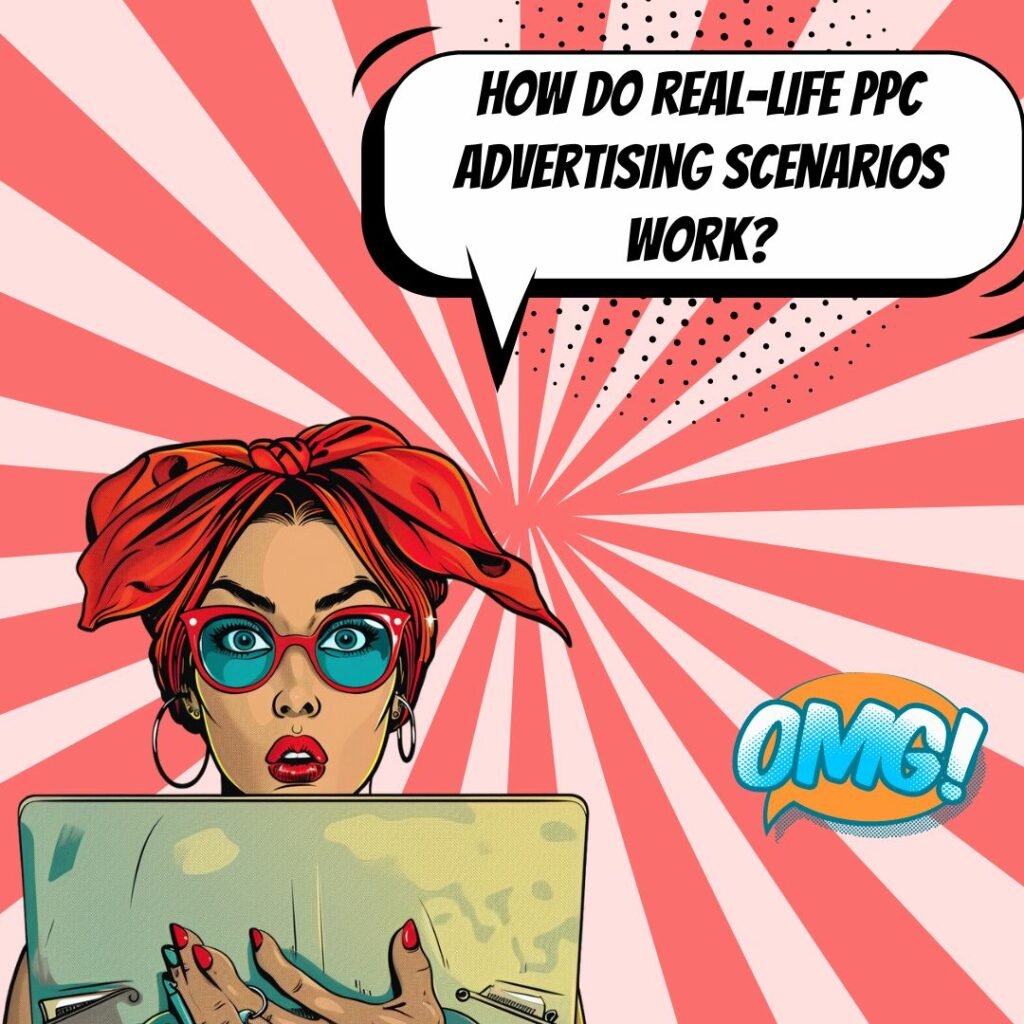
Introduction
Did you know approximately 65% of consumers click on PPC ads when making purchases? With PPC advertising, you're not just placing ads; you're strategically aligning your business with customer intent. But what transforms a standard PPC campaign into a conversion machine? That's what we're here to dive into.
Let's pull back the curtain on some standout real-life PPC scenarios and understand the common practices that set the stage for success. From Converse's cultural conversation starters to The Perfume Shop's savvy celebrity video tie-ins, these examples aren't merely stories — they're blueprints for your own advertising victory.
Anticipate an expedition through the valley of clickable content, where every advertisement is a beacon guiding potential customers toward a sale. Stay tuned as we unfold the secrets that could dramatically heighten your ROI and construct a pathway for relentless business growth. Prepare for a treasure trove of actionable insights and game-changing facts that are sure to revolutionize your approach to PPC.
Top Statistics
| Statistic | Insight |
|---|---|
| PPC has an average of 200% return on investment (ROI). | This incredible ROI rate shows why so many businesses prioritize PPC in their online strategy. |
| The traffic that comes from PPC advertising converts 50% better than organic advertising does. | Conversion rates can make or break the success of online campaigns; PPC clearly leads the pack in performance. |
| 65% of all high-intent searches result in an ad click. | This indicates that users with a strong buying mindset tend to click on ads, making PPC a vital tool for capturing ready-to-buy customers. |
| 45% of small businesses invest in pay-per-click (PPC) advertising. | Nearly half of small businesses recognize the importance of PPC, reflecting its accessibility and effectiveness across industries. |
| 72% of companies haven’t looked at their ad campaigns in over a month. | A surprising figure that suggests a significant opportunity for businesses to optimize their advertising efforts more frequently for better results. |
What is PPC Advertising?
In the bustling digital marketplace, Pay-per-click (PPC) advertising stands as a juggernaut. It's a straightforward concept: advertisers only fork out cash when a potential customer actually clicks on their ads. That simplicity is deceptive, though—behind every click lies a complex dance of impressions, cost per click (CPC), click-through rate (CTR), and finally, conversion. These aren’t just buzzwords; they're the underlying pulse of a PPC campaign's success or failure, the metrics that advertisers pore over to gauge whether their investment is hitting the mark.
Examples of PPC Hotels
When you dive into the world of PPC, you'll find it in various guises. Search engines, the familiar behemoths like Google and Bing, serve up both text ads and product listings right alongside organic search results. Display ads are the colorful banners and side panels that catch your eye on websites and apps across platforms like the Google Display Network and even on video-sharing giants like YouTube. Then there’s the social media landscape—places like Facebook and Instagram—where ads seem to know just a bit too much about your shopping habits. And let’s not forget retail powerhouses like Amazon, where ads blend seamlessly with product recommendations.
Real-Life Scenarios
Understanding PPC is best done through real-life examples. Take Converse's "Domaination," which cleverly targeted cultural moments, harnessing Google AdWords to kickstart conversations across microsites. Or consider The Perfume Shop, which, by marrying YouTube's Video Targeting Tool with celebrity content, managed to spread its scent far and wide. And who could ignore Alec Brownstein’s ingenious job hunt, where he bid on the names of top creative directors to get noticed, proving that a clever idea doesn’t need a massive budget to reach the pinnacle of success.
Common Practices
Solid PPC campaigns don't just happen—they're crafted. Keyword targeting is a linchpin in this creation, requiring advertisers to think like their customers and bid on the exact words they'll punch into their search bars. Ad optimization is another critical practice, tweaking and refining to ensure the ad not only captures attention but does so efficiently, reducing the overall cost per click. Every campaign is tethered to a budget, balanced daily to keep spending in line with reality. But perhaps the most critical habit of all is relentless performance analysis, the constant measuring and tweaking to ensure the ads don't just buzz around in the digital ether but actually sting with results.
Benefits of PPC Advertising
Why opt for PPC? For starters, it's cost-effective, with advertisers paying solely for the clicks they earn, not every eye that grazes their ad—think precision targeting versus scattergun approach. Moreover, the levels of measurability in PPC are unparalleled; every click and conversion is tracked, turning marketing into a science of numbers and fine margins. And let's not forget the power to hone in on your audience with surgical precision—the targeted reach of PPC ensures that ads don’t just cast the net wide but instead land in the inboxes, search results, and social feeds of those most likely to take the bait.
AI Marketing Engineers Recommendation
Recommendation 1: Leverage Search Engine Ads for Immediate Traffic: Data show that search engine marketing (SEM) remains a powerhouse for driving traffic, with Google Ads leading the pack. Google processes over 5.6 billion searches per day, and advertisements can capture a significant portion of that traffic. Place your emphasis on optimizing your ad copy, refining keywords, and using targeting features to reach your audience when they show clear intent to purchase. By focusing on high-intent keywords and continuously testing ad variations, you can improve your click-through rates (CTR) and conversion rates. Additionally, leveraging ad extensions like sitelinks, callouts, and structured snippets can enhance your ad's visibility and effectiveness, driving more qualified traffic to your website.
Recommendation 2: Utilize Social Media Ads to Boost Engagement and Brand Awareness: Current trends indicate that social media platforms like Facebook, Instagram, and LinkedIn are not just for connections; they're also prime real estate for PPC advertising. With Facebook alone having over 2.8 billion monthly active users, your PPC campaigns have the potential to reach vast audiences. Create compelling ads that resonate with users' interests and utilize platform-specific targeting tools to tailor your campaign's reach effectively. By crafting visually appealing and engaging content, you can capture users' attention and foster deeper connections with your brand. Furthermore, leveraging advanced targeting options such as custom audiences and lookalike audiences can help you reach the most relevant users, maximizing your campaign's impact and return on investment (ROI).
Recommendation 3: Adopt Remarketing Techniques to Convert Previous Visitors: Harness the power of remarketing tools such as Google Ads Remarketing or Facebook Pixel. Remarketing allows you to display ads specifically to individuals who have previously visited your website but did not convert. Data suggests that remarketing can boost ad response up to 400%. Implement this strategy to re-engage potential customers with personalized content, increasing the likelihood of conversion. By segmenting your audience based on their behavior and interests, you can deliver tailored ads that address their specific needs and preferences. Additionally, using dynamic remarketing can further enhance your efforts by showcasing products or services that users previously viewed, creating a highly relevant and persuasive ad experience.
Relevant Links
- Revolutionize Your Marketing with Advanced AI
- Master Baidu SEO: Elevate Your Online Presence in China
- Unlock China's Market with Powerful Analytics
- Boost Your PPC Campaigns in China: Essential Metrics for Success
Conclusion
Wrapping up our deep dive into the world of PPC advertising, it's clear that this approach is not just about placing ads here and there; it's a refined art that, when done well, can yield significant results for businesses of all sizes. From big names like Converse exploiting cultural pulses to the ingenious job seeker Alec Brownstein who turned heads with his unique approach, PPC has proven its versatility and effectiveness across various platforms and scenarios.
What we see in the real-life examples is a clever blend of strategy and opportunity. Whether it was The Perfume Shop's targeted celebrity fragrance ads on YouTube or Converse's Domaination success, the ingenuity lies in how these campaigns were tailored to the audience's interests and search behaviors. And let's not forget the crucial role of performance analysis – without it, there would be no direction for improvement or understanding of the success achieved.
PPC advertising is a powerful model not just because of its cost-effectiveness—paying only when someone is interested enough to click—but for its precision in reaching the audience who are most likely to care about what you're selling. That's a huge win for any marketer. With the right tools and a thoughtful approach, advertisers can control their budgets, target the right keywords, and optimize ads to secure the most bang for their buck.
For businesses considering dipping their toes into the PPC waters or those looking to refine existing campaigns, the message is clear: embrace the targeted reach. With measured steps and ongoing adjustments based on concrete data, PPC advertising can be a transformative component of your marketing mix. Why not start uncovering the potential of PPC in driving forward your business goals today?
FAQs
Question 1: What is PPC advertising?
Answer: PPC (Pay-Per-Click) advertising is a digital marketing model where advertisers pay each time a user clicks on their ad. This model is commonly used on search engines like Google, social media platforms, and websites.
Question 2: How does PPC advertising work?
Answer: Advertisers create ads and bid on specific keywords. When a user searches for those keywords, the ads might be shown. You're charged only if the user clicks on your ad.
Question 3: What are the key terms in PPC advertising?
Answer: Some key terms include impressions (how often an ad is seen), cost per click (CPC), click-through rate (CTR), and conversion (what you want the user to do after clicking your ad, like making a purchase).
Question 4: What are some creative PPC campaign examples?
Answer: How about Converse's "Domaination" campaign, which jumped on cultural moments, or Ann Summers' "Sexy Paid Search" campaign, which cleverly used news-related search terms to grab attention?
Question 5: How can I optimize my PPC campaigns?
Answer: To sharpen up those campaigns, consider using AI for crafting ads, stay on the right side of advertising rules, go mobile-first, and try out different ad styles and targeting methods.
Question 6: What are the benefits of PPC. advertising?
Answer: Some of the goodies you can get from PPC include going after the keywords you want, choosing where and when your ads appear, tweaking your spending, and fine-tuning who sees your ads. Plus, you can track how well your ads are doing and make them even better over time.
Question 7: How do I get started with PPC advertising?
Answer: Kick things off by getting a good picture of your ideal customers. Set some clear goals, pick the best PPC platform for your needs, like Google Ads or Facebook Ads, whip up some eye-catching ads, decide on your budget, and keep a close eye on how your ads are performing.
Question 8: How do I measure the success of my PPC campaigns?
Answer: Keep an eye on key signals like CPC, CTR, conversion rates, and how much bang you're getting for your buck. Use these numbers to steer your decisions.
Question 9: What are some common mistakes to avoid in PPC advertising?
Answer: Watch out for pitfalls like vague goals, spraying your ads at the wrong crowd, or letting your campaigns run wild without regular check-ups and tweaks.







